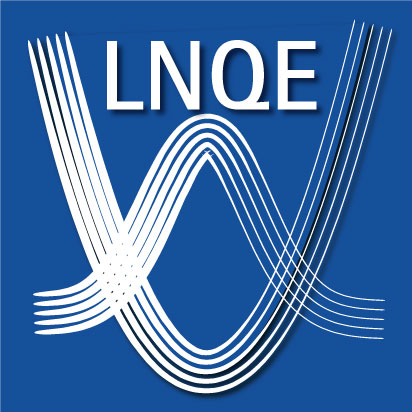Nanomaterials are smallest objects in the size range from 1 nm to 100 nm. Due to their small size, they possess special chemical and physical properties that differ significantly from those of solids or larger objects of the same substance. A highly topical field of research in the field of nanomaterials is nanoplatelets. These have a strong tendency to self-arrange in ordered stacks. By arranging themselves in stacks with distances of a few nanometers, their physical properties change.
In a new publication in the renowned journal Advanced Functional Materials (impact factor 18.8), the chemistry group of Professor Nadja Bigall involved in the Laboratory of Nano- and Quantum Engineering, in collaboration with the physics group of Professor Herbert Pfnür, investigates the property changes of such nanoplatelet stacks.
In this work, various heterostructured polymer-coated nanoplatelet stacks with different spacing were synthesized and characterized. The unprecedented lowest spacing (<1 nm) between particles was demonstrated. (Photo)electrochemical measurements demonstrated the advantage of smaller spacing for charge carrier transport through much higher photocurrent densities.
The publication is also a success for the PhD program Hannover School for Nanotechnology (hsn). Rebecca Graf is a PhD student in the current program hsn-digital, Anja Schlosser was a PhD student in the previous program hsn-sensors, and Atasi Chatterjee (now at PTB Braunschweig) was a PhD student in the first program hsn-energy.
Congratulations from the LNQE!
Publication:
R. T. Graf, A. Schlosser, D. Zámbó, J. Schlenkrich, P. Rusch, A. Chatterjee, H. Pfnür, N. C. Bigall, Interparticle Distance Variation in Semiconductor Nanoplatelet Stacks, Advanced Functional Materials 2022, 2112621, DOI: 10.1002/adfm.202112621









